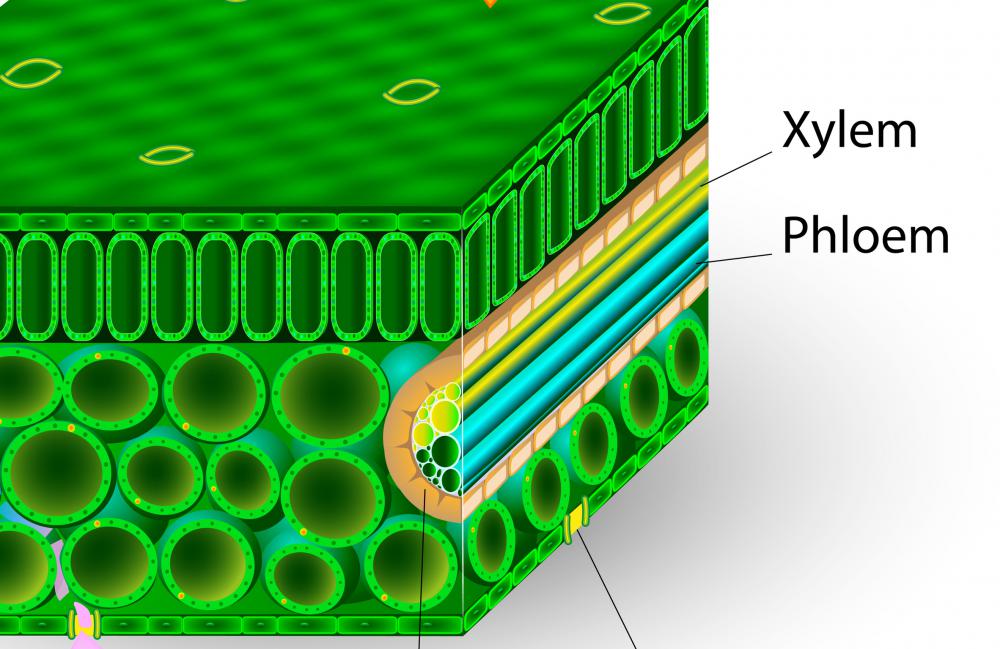At WiseGEEK, we're committed to delivering accurate, trustworthy information. Our expert-authored content is rigorously fact-checked and sourced from credible authorities. Discover how we uphold the highest standards in providing you with reliable knowledge.
What are the Different Types of Tree Insecticide?
Often the type of insect and the damage determines which type of tree insecticide a gardener will use. There are three ways — boring, chewing, and sucking — that insects injure trees. Typically, insecticides are available as systemic chemicals that enter a tree's vascular system through the root system, as contact chemicals that an arborist or homeowner must apply directly to the insect, or as insecticides that need to be ingested to be effective. One of the most important elements of using a tree insecticide is to apply it at the proper time in the growth cycle.
Boring insects are the most harmful because they bore into the stems, roots, and under the bark. They bore through the water and sap conduits or vascular tissues of the tree. Some of these pests are the Asian long-horned beetle, the bronze birch borer, and the emerald ash borer. Frequently, arborists use different types of chemical applications for different types of boring insects. Many use a systemic insecticide for the emerald ash borer and contact chemicals for the bronze birch borer.

Most chewing insects damage a tree's leaves, and others chew on the fruit. Some of the offending chewing pests are the gypsy moth caterpillar, leaf miners, and the tent caterpillars. The apple maggot and the cherry fruit worm attack the fruit. The tree insecticide that a person chooses is partially dependent on whether the insect attacks the leaves or the fruit.

Sucking insects, like the aphids, thrips, and scale insects, suck the sap from the leaves and twigs of a tree. Normally, arborists use contact chemicals to treat trees infected with sucking insects. It is very important to use the tree insecticide at the proper time in the scale's life cycle because adult scale insects are very hard to kill.
Fruit trees and food-bearing trees need special consideration when choosing a tree insecticide. For safety reasons, gardeners should choose non-toxic insecticides and not spray the fruit unless instructed to. Generally, an organic tree insecticide will not taint the fruit. Gardeners need to research the insecticides thoroughly because some insecticidal soaps may injure specific fruit trees, such as plum or cherry trees.

There are several ways that a tree insecticide may kill the pests. Diatomaceous earth is an insecticide that kills through the exoskeleton. Insecticidal soaps destroy the pest's cells and often suffocate the insect, its larvae, or eggs while oil of the neem plant kills with toxins. Kaolin clay is one of the repellents that coats plants, making them unappetizing. As with all pesticides and insecticides, applying the chemicals at the right time in the insect's life cycle is paramount to success.
AS FEATURED ON:
AS FEATURED ON:













Discuss this Article
Post your comments